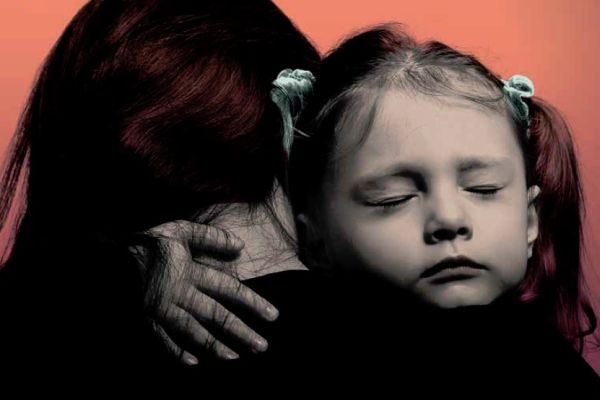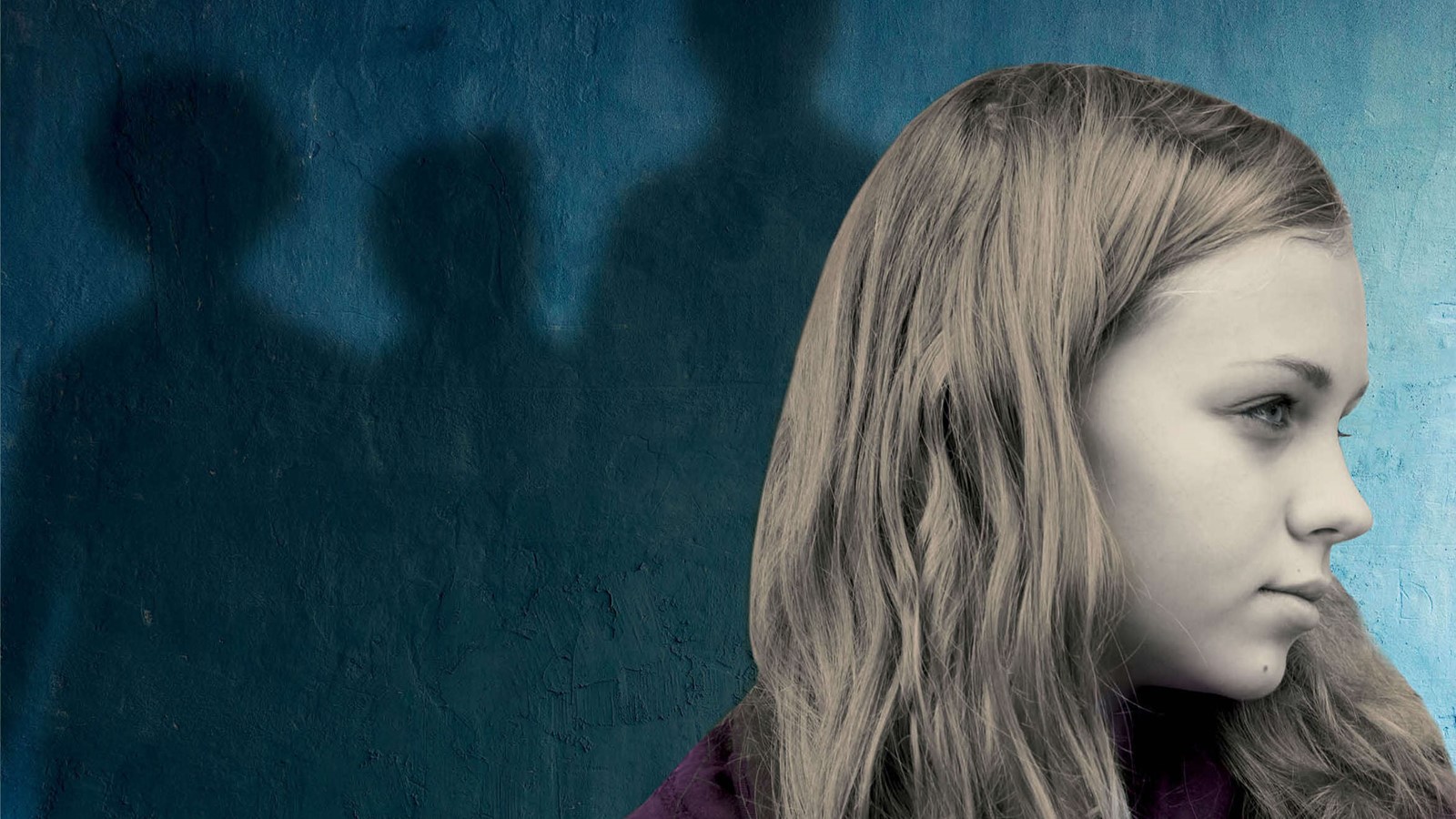Last summer, while on holiday in Northern Spain, I took refuge from the heat of the day by visiting an ancient cave. The cave lay off the beaten track, in the mountains, and visitors were only permitted as a group of up to six people. A local guide led us inside – holding a torch with the light-power equivalent to a candle flame – to see images of deer and bison, over eighteen thousand years old. In the glimmering light, deep inside the earth, I gazed intently at the red-pigmented painting of a deer on the cave wall, and as I did so, it was as if the creature had turned to look directly at me, pausing just before it would run from the huntsman. I had always known about cave paintings – but only the experience of encountering the tracing of a deer in the cave brought their significance to life in my mind.
In therapeutic work, we are familiar with the idea that what makes a vital difference for clients is rarely insight alone, but experiencing something different, and being able to share it. When I ran a workshop on the transgenerational perspective at the School Counsellors’ Conference run by Oxford Teaching Schools Association last year, I was moved to witness the way colleagues shared their experiences. I had invited them to create a genogram, based on the past three generations of their family, and to explore this in small groups. Rather like my own experience of seeing marks on a cave wall flicker with vitality, drawing a family constellation onto paper stirred into life something unexpected for them. The workshop left me surprised by the simple power of making space for otherwise hidden figures within our wider families. The context into which we are born, and in which we grow up, may be marked psychologically by lives and experiences beyond those of our parents. Since the Enlightenment, we have moved away from the idea that our ancestors might have a part to play in our current lives – the idea of ‘the sins of the fathers visited upon the children’ – in favour of thinking more in terms of personal freedom and self-determination.1 In contemporary culture, there are many myths among young people, founded on the fantasy that you can create yourself or recreate yourself as you would like to be. So although the notion of previous generations having significance and relevance for us is familiar, I am suggesting that we may have become estranged from it in recent times.
Widening the family field
Working with a transgenerational perspective, we widen the field of our enquiry about family and culture, and begin to make tentative connections about how emotional experience may have been internalised and unconsciously passed on between the generations. We are each of us made up of the enigmatic traces of many different figures from our familial past. Sometimes, the influence of other figures from the wider family, or from a previous generation may be known. We find that a young person may readily identify a grandparent or aunt who has provided emotional care in the absence of a parent, or appeared in the gap which opened up as they separated from parents. At other times, this influence may be largely unknown, especially when there has been a rupture or a break in the family story as a result of crossing social and cultural barriers, or because of disrupted attachments following deaths, losses or adoption. In the next generation, one family member in particular may have become the ‘carrier’ for emotional experience that might have its origin in the previous generation. It can therefore be useful to hold a transgenerational perspective in mind when a young client presents a pattern of experience that does not make sense when explored only in the light of their own childhood and developmental history. I start to wonder about transgenerational experience when the dynamics and content of somebody’s ‘story’ alone do not seem to account for the density of emotional distress they are experiencing.
Case example – beginning
Loretta was sixteen. She came to see me in our school counselling service because she suffered from stomach pains that defied medical diagnosis, and her sleep had been disrupted by frequent nightmares ever since she arrived at boarding school aged fifteen. Loretta had been sent to England from a working-class family who lived near Naples in Italy. Her father had made enough money in his business to fulfil this dream of theirs, for Loretta had always wanted to come to boarding school. Loretta missed home and her mother in particular. We explored the pressures she was under, the guilt she felt because she was supposed to be making her father happy, and how desperately she missed her mother, but nothing seemed to change. Her terrible nightmares of being taken by force from her house only seemed to come more often.
I began to wonder in my own mind about Loretta’s mother’s experiences. In 1975, Selma Fraiberg and her colleagues published a ground-breaking paper titled Ghosts in the Nursery.2 Fraiberg et al were parent-infant therapists who worked clinically to intervene in serious cases where a baby was at risk of not thriving. In their work with one mother and baby, they noticed something really important: it seemed as if this mother just could not hear her baby when it cried. It was as if the mother’s mind at this point was completely empty, and she was shut off from what was happening. They observed that ‘there were, we thought, two crying children in the living room… [this mother] had closed the door on the weeping child within herself as surely as she had closed the door upon her crying baby’.2 What they found was that once the mother had experienced help from the therapist to connect to and feel her own pain at having had nobody to protect and care for her when she was small, she began to reach out in a more healthy way towards her own infant.
The implication for our counselling work is that when a mother has disassociated from her own distress, this makes it likely that, as a parent, she will unconsciously use the relationship with her own child to try to work through her own unrecognised experience. ‘Dissociation offers the “carrier” psychic storage until a possible relational moment when it can be metabolised, most likely through some kind of enactment. The next generation offers a heightened possibility of just such an enactment.’3
In this way, ‘ghosts’ move beyond the nursery and into the intersubjective space, that is, the space between a parent and child, particularly during the most sensitive periods in development: infancy and adolescence. When this happens, it is likely that something in the relationship with a child may unconsciously arouse a trigger in the parent for their own experience. This has been referred to as the ‘telescoping’ of generations, a phenomenon in which some element of the unmetabolised experience of an ancestor repeats itself, even if taking on a different form, in the emotional world of a descendant.4 Thinking in this way about a young client, when our usual approach is not working, enables us to consider a strange but potentially useful question: ‘Who or what might be in the psychic space that should be the young person’s?’ In these cases, there may be clues in the way a name echoes or repeats itself across generations; it may be that one individual is unconsciously seen as a ‘replacement’ for a family member lost in a previous generation, or it can also be a close physical resemblance that makes it more likely that unvoiced psychological experience is transmitted in this way. Time, dates and anniversaries are also details that sometimes form an uncanny link between one generation and the next.5
Case example – middle
Loretta was the only child of her parents’ marriage, but not the only girl in the family. Her much older sister (now in her forties) had successfully reunited with them when Loretta was ten. Nobody in the family had ‘done well at school’; Loretta carried a powerful expectation that she would do well at school for them all. I asked for her parents’ stories. Her mother and father had both left school with little in the way of qualifications at age fifteen (the same age that she was sent to boarding school). Her father later made his way out of a close but troubled working-class family, studying business at night school and eventually successfully building up his own company. Her mother left school and was for a while sent away from her home at fifteen, to give birth to an unwanted baby (Loretta’s half-sister), who was then given up for adoption. Loretta’s mother had been the office cleaner in her father’s business when they met, and, not really wanting any children, she was persuaded by her new husband that they should start a family. Loretta’s father was ‘overjoyed’ at her birth: a girl, his girl, his new hope. At fifteen, both her parents had left school and moved away from home for different reasons; at fifteen, Loretta was sent away from home and to school to benefit from opportunities denied her parents as she became the carrier of their hopes. For a long time in counselling, nothing seemed to help Loretta, and I found myself constantly worried and concerned about what the content of her constant nightmares might be telling us...
In The Uninvited Guest from the Unremembered Past, Prophecy Coles reviews much of the literature on research into the experiences of children of Holocaust survivors, for whom the impact of the secondary transmission of trauma was missed by psychotherapists for a long time. One of the more startling issues that Coles raises in this book is the idea that a child in this situation, where a parent’s own parents had perished in the Holocaust, could become unconsciously ‘scripted’ to try to replace those lost parents for their own parents. Their own development would often become quite distorted, as they unconsciously identified with something that had, in fact, been their parents’ or grandparents’ experience. What is particularly fascinating is the precise way in which the psychological experience of these second-generation survivor children matched the unacknowledged experience of their parents. ‘For instance, some of these children, born after the war, reported nightmares about Nazi guards and concentration camps, and would re-enact scenes from their parents’ past, even though the parents had remained silent and they had no conscious knowledge of these experiences.’1 In this way, the second generation – the children of Holocaust survivors – became the carriers of unexpressed emotions for a parent. ‘It could be said that what escapes into the mind of the child is the parent’s state of mind, and it is in this way that the adult survivor unwittingly and unconsciously traumatises his child in infancy.’1
Case example – ending
After some months of working together, Loretta and I found a means, using an energy psychotherapy method called Advanced Integrative Therapy (AIT), of reducing the intensity and quantity of her nightmares. This approach is specific for treating trauma, and there is no need to examine the content of nightmares while using it. Once there was some alleviation in symptoms, Loretta and I were able to begin to make more sense of her experience, using a transgenerational perspective. We found connections between Loretta’s mother’s past experiences, and the content of Loretta’s own nightmares. We were able to link the anxiety-induced stomach cramps that came when Loretta was separated from her mother by the boarding school (aged fifteen), with the bodily pains her mother had to endure through the course of an unwanted pregnancy, labour and traumatic enforced separation from her infant daughter, Loretta’s estranged half-sister. For Loretta’s mother had been traumatised at fifteen, both by getting pregnant (the result of an unwanted sexual experience with her brother’s friend) and by being sent away from home to give birth to and give up her baby. Loretta’s maternal grandmother had also given birth to Loretta’s mother as an ‘unmarried girl’ of fifteen or sixteen, and the baby (Loretta’s mother) was brought up for the first few years by an aunt. I began to understand that Loretta was perhaps the carrier, in her family of origin, both of her father’s high expectations that she succeed, and of her mother’s and her grandmother’s unvoiced traumas of early pregnancy, birth and forced separation from a child too soon.
Concluding thoughts
Before I had been able to go and see those ancient paintings in the caves in northern Spain for myself, I had been walking in the mountains with little idea of what vivid representations of life could possibly lie beneath the surface. This prompts me now to think more about the location and influence of such traces of our own ancestral history, which may be closer to us in time, but no less deeply buried in the mind than those marks on the walls of a cave deep underground. A transgenerational perspective can help us to hold in mind both the depth and the density of lived emotional experience, some of which may not belong entirely to an individual, but to their parents, grandparents or their parents’ siblings, but which can nonetheless haunt a young person’s inner world. This perspective has come to my mind particularly when a young person is troubled by symptoms or anxieties whose origin is difficult to locate, or that do not respond to working only within the framework of the individual’s early childhood experiences.
For more information see Energy Psychotherapy
Lucy-Jean Lloyd is a school counsellor working in a coeducational boarding school with staff and young people. She also works as a supervisor in educational contexts, as a tutor on the Diploma in Psychodynamic Practice at Oxford University, and runs a small private practice.
More from BACP Children and Young People journal

Admitting the T word
Open article: Jeanine Connor addresses difference in the form of sexuality and gender, including transgender, and invites us to work out how we will welcome all such diversity into our counselling rooms. BACP Children and Young People, December 2016

Adapting CBT for children with an autism spectrum disorder (ASD)
Open article: Sarah Rogers not only adapts cognitive behavioural therapy (CBT) creatively for children but enjoys working with those who are not neurotypical, finding their special interests and skills an asset in the therapy room. BACP Children and Young People, September 2016

Working with values in clinical practice
Open article: Andrew West, author of Being With and Saying Goodbye: cultivating therapeutic attitude in professional practice, examines (at times provocatively) the idea of values and how they might or might not link to a values-based practice. BACP Children and Young People, June 2016
References
1 Coles P. The uninvited guest from the unremembered past. London: Karnac; 2011.
2 Fraiberg SH, Adelson E, Shapiro V. Ghosts in the nursery: a psychoanalytic approach to the problems of impaired infant-mother relationships. In: Fraiberg L (ed). Selected writings of Selma Fraiberg. Columbus, Ohio: Ohio State University Press; 1987 (pp100–136).
3 Silber LM. Ghostbusting transgenerational processes. Psychoanalytic Dialogues 2012; 22: 106–122.
4 Faimberg H. The telescoping of generations: listening to the narcissistic links between generations. London: Routledge; 2005.
5 Schutzenberger A. The ancestor syndrome: transgenerational psychotherapy and the hidden links in the family tree. (Trans Trager A.) London: Routledge; 1998
